

This guide provides a detailed overview of brass threaded rod, covering its properties, applications, and selection criteria. Learn about different types, sizes, and manufacturing processes, along with best practices for installation and maintenance. We'll also explore where to source high-quality brass threaded rod and address common questions.
Brass threaded rod is a type of fastener made from brass, a copper-zinc alloy. It features a threaded shaft, allowing for secure attachment to various components. The brass composition offers several advantages over other materials, including excellent corrosion resistance, good electrical conductivity, and attractive aesthetics. This makes it suitable for a wide range of applications in various industries.
The properties of brass threaded rod depend on the specific brass alloy used. Common alloys include C26000 (free-cutting brass) and C36000 (high-leverage brass). Key properties include:
Brass threaded rod is available in various sizes and lengths, typically specified by diameter and length. Thread types, such as metric or UNC (Unified National Coarse), also vary according to application needs. You can often find options such as fully threaded rods or rods with a threaded section and a plain shank. For specific sizing information, always consult manufacturer specifications.
Brass threaded rod finds widespread use in various industrial settings. Its corrosion resistance makes it ideal for applications exposed to moisture or chemicals. Common uses include:
Beyond industrial settings, brass threaded rod also sees use in:
Selecting the appropriate brass threaded rod requires considering factors such as:
Proper installation is crucial for ensuring the strength and longevity of the brass threaded rod. Use appropriate tools and techniques to avoid damaging the threads. Ensure the surfaces are clean and properly prepared before installation.
Several suppliers offer high-quality brass threaded rod. Always source from reputable suppliers who can provide certifications and guarantee product quality. Consider factors such as price, availability, and customer service when making your selection. For high-quality brass products, explore options from reliable suppliers. Companies like Hebei Muyi Import & Export Trading Co., Ltd. (https://www.muyi-trading.com/) are worth investigating.
Brass threaded rods offer superior corrosion resistance compared to materials like steel, making them ideal for damp or corrosive environments. They also possess good electrical conductivity, which is useful in specific applications.
The required size depends on the application's load requirements and the strength needed. Refer to engineering handbooks or consult with a specialist to ensure correct sizing.
| Material | Corrosion Resistance | Electrical Conductivity |
|---|---|---|
| Brass | Excellent | Good |
| Steel | Moderate (depending on treatment) | Low |
Note: This information is for general guidance only. Always consult relevant standards and manufacturer specifications for specific applications.


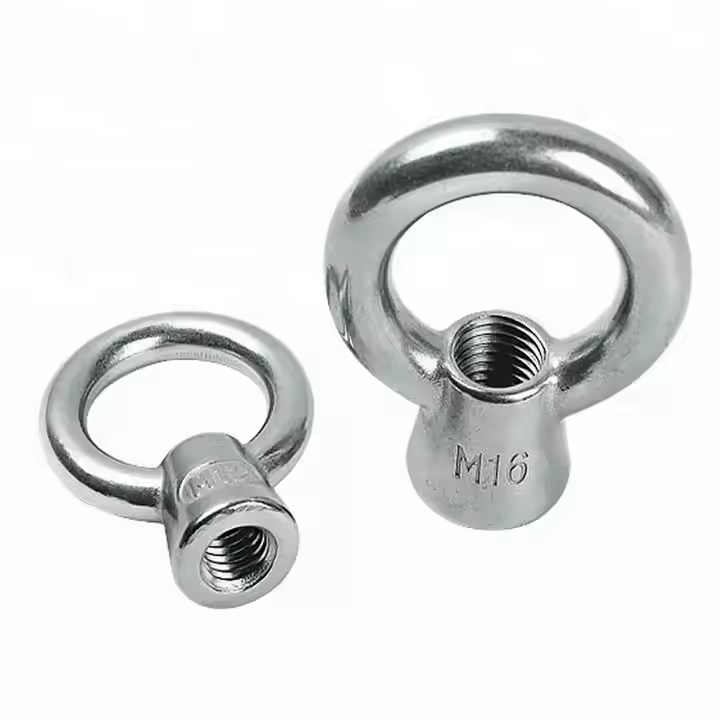

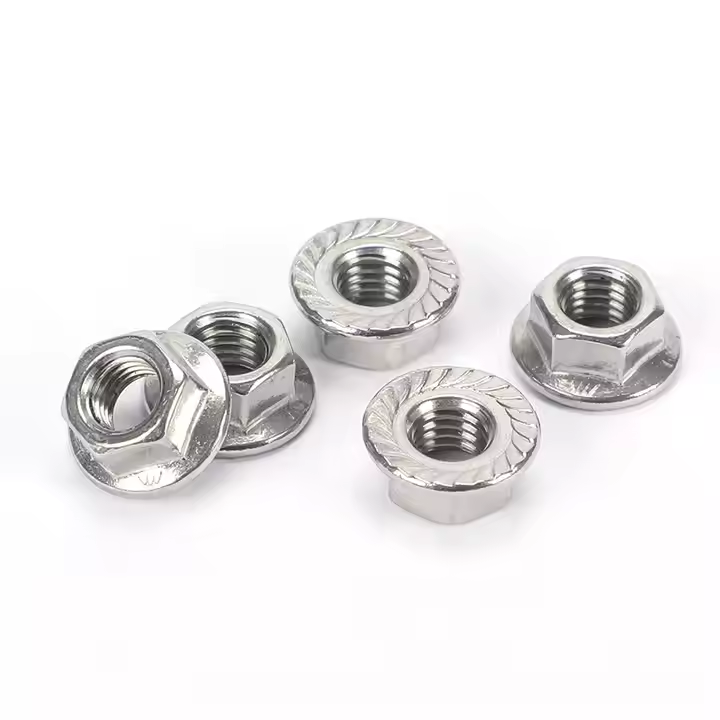
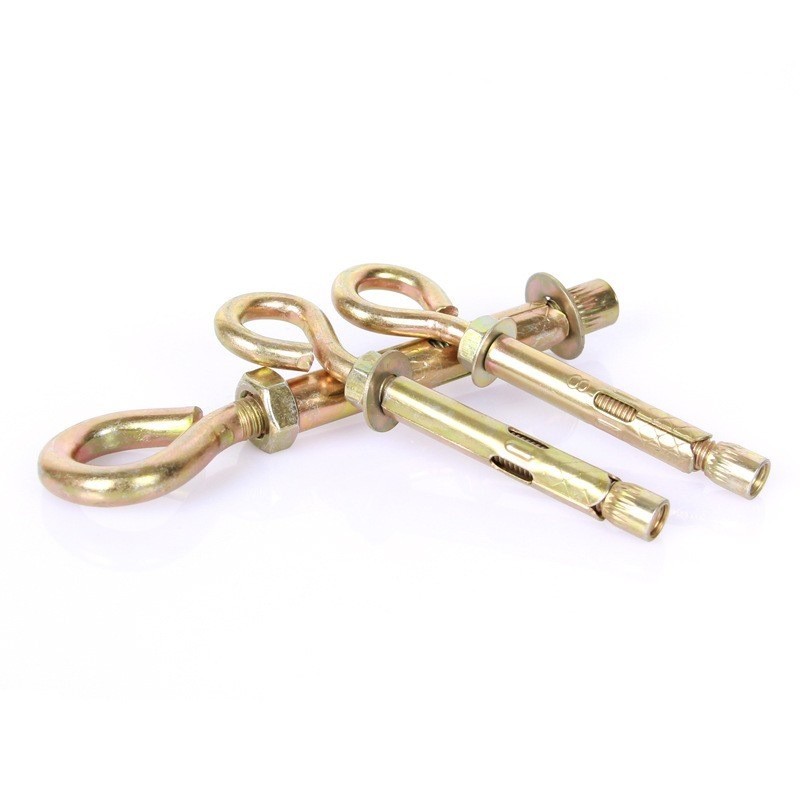
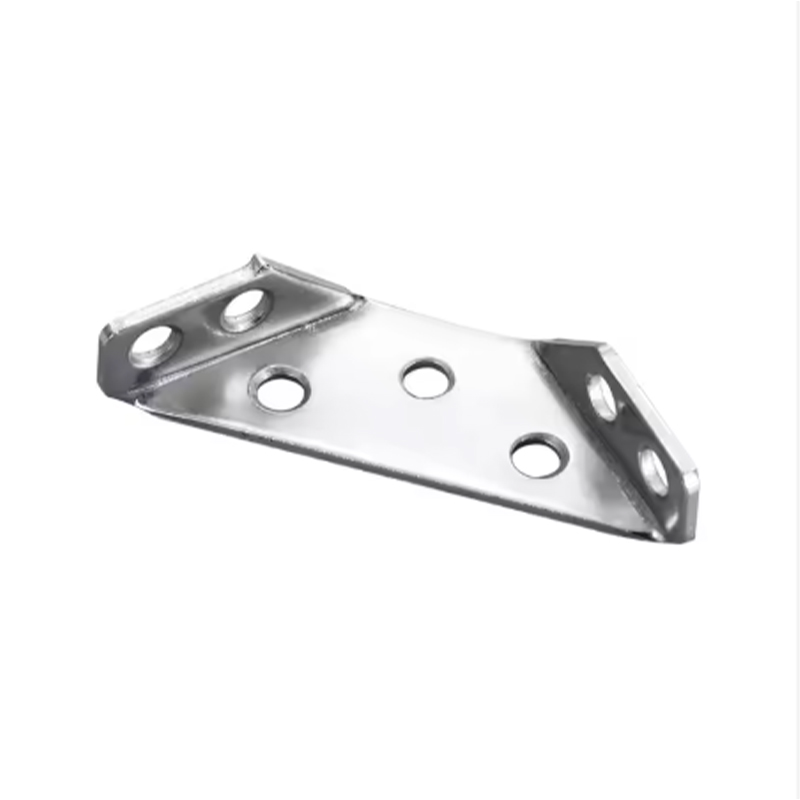
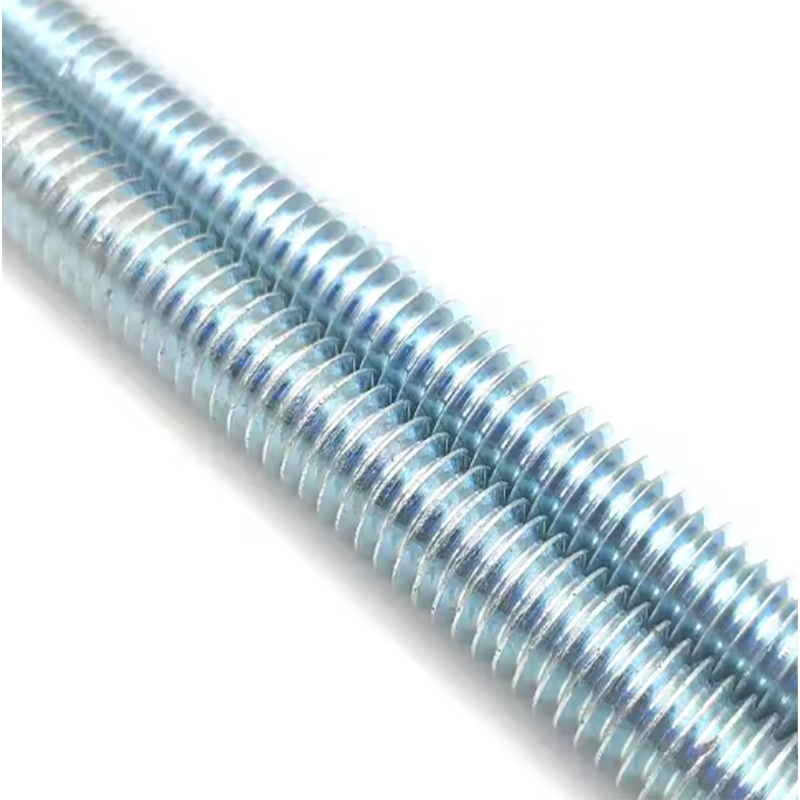

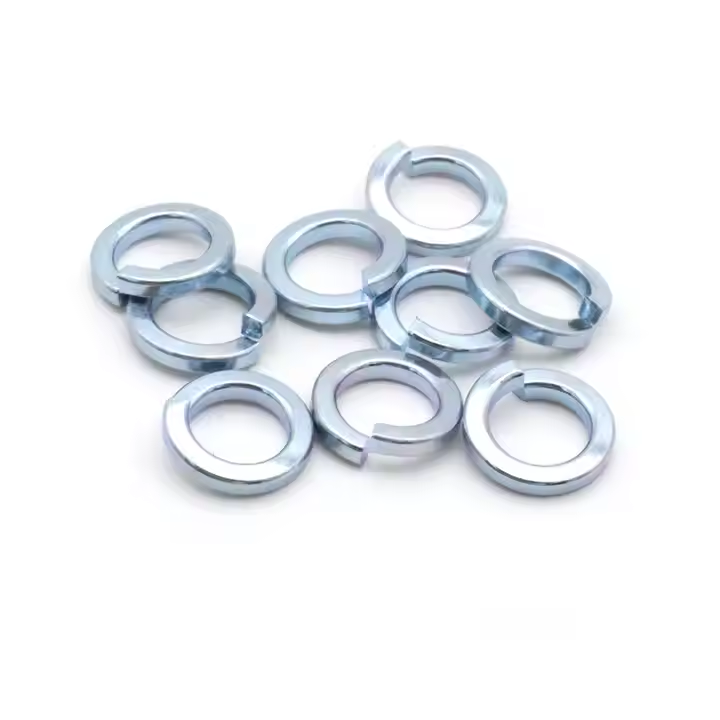

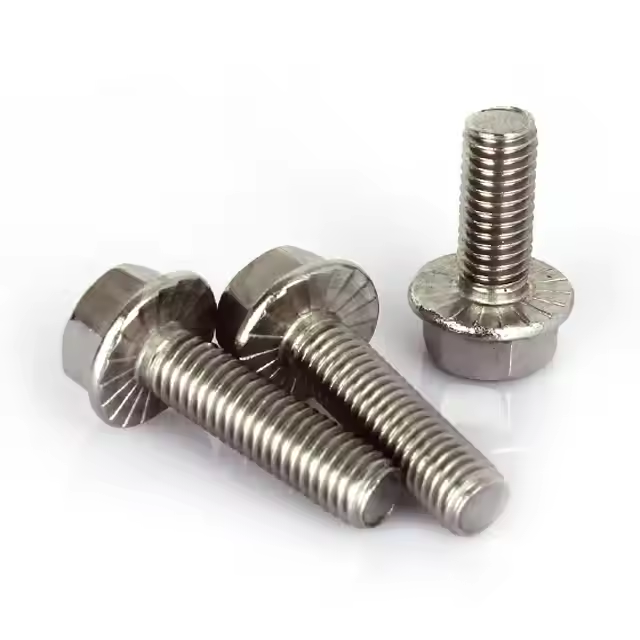
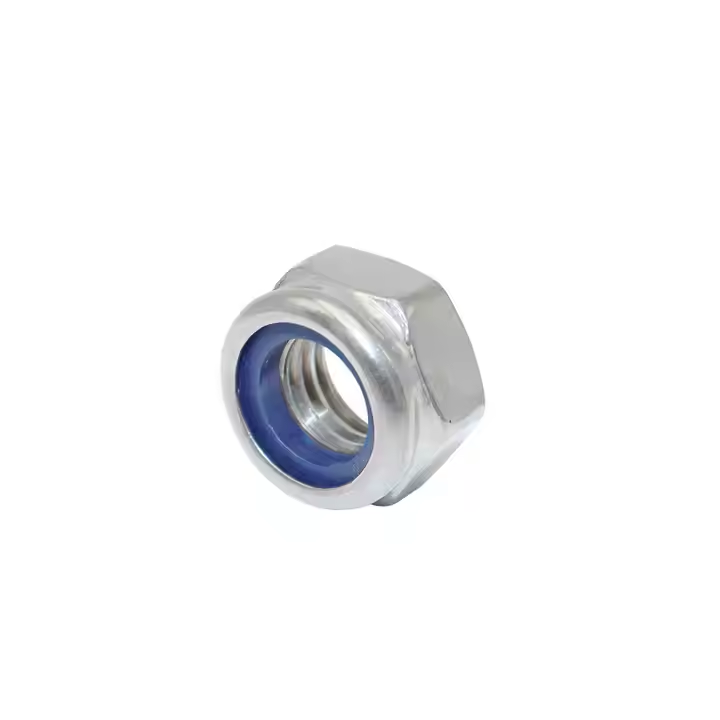
Please enter your email address and we will reply to your email.